By Matthew Bieniek
CUMBERLAND — Speakers during the local stop in a statewide series of town hall meetings against a planned $3.8 billion gas export terminal in Cove Point said the project will bring further pressure to develop natural gas in Western Maryland. Speakers also said the planned natural gas terminal would move state policy away from a current emphasis on clean energy.
Cumberland’s stop for the meetings was Wednesday at the New Embassy Theatre, where about 50 people showed up.
Cove Point is in Calvert County on the Chesapeake Bay. The Cove Point project was linked to fracking by speakers and by informational material distributed to participants.
“If approved, the Cove Point export facility would provide a strong economic incentive for companies to expand fracking across our region, including in Maryland, where no drilling has yet occurred. In other states, the expansion of fracking has caused drinking water contamination, air pollution, illnesses and even earthquakes,” according to the informational material.

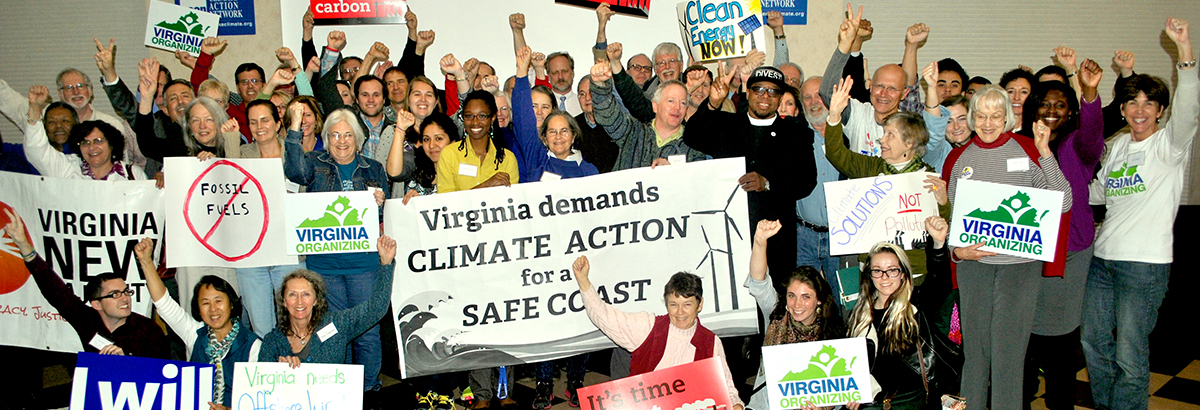
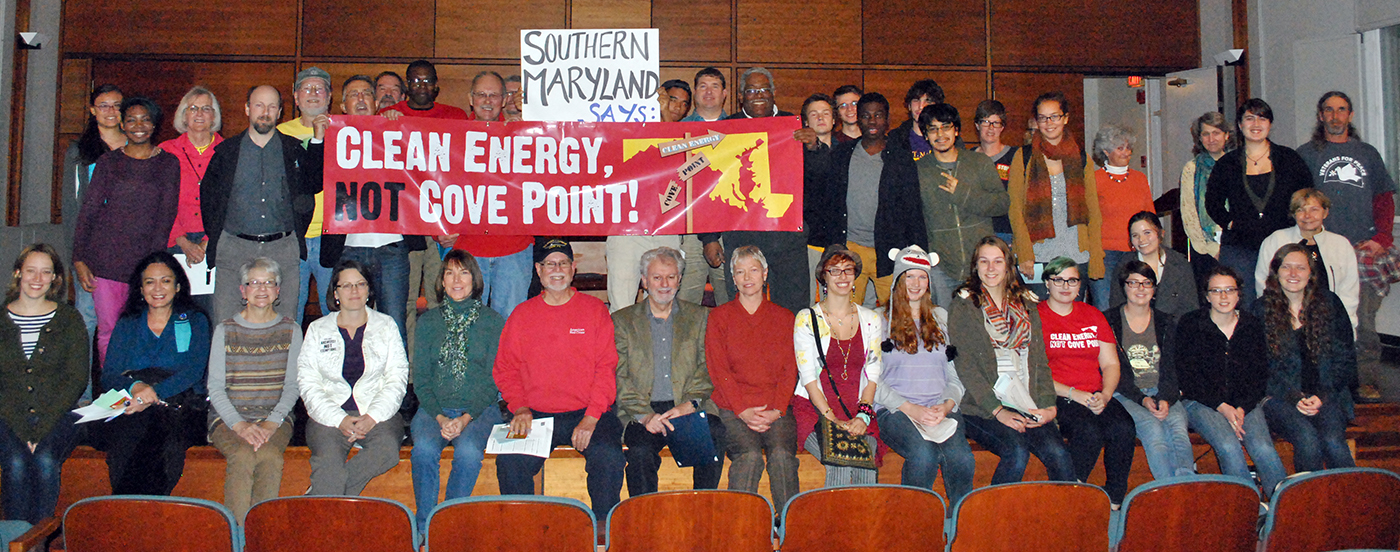
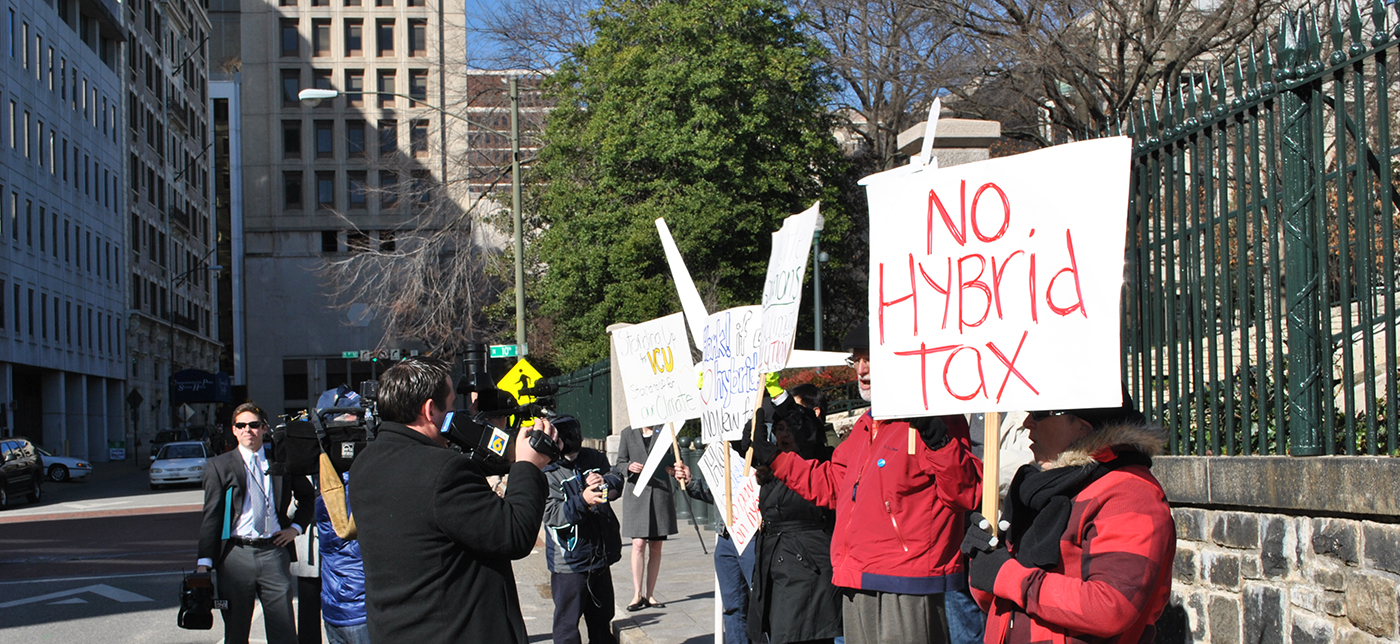
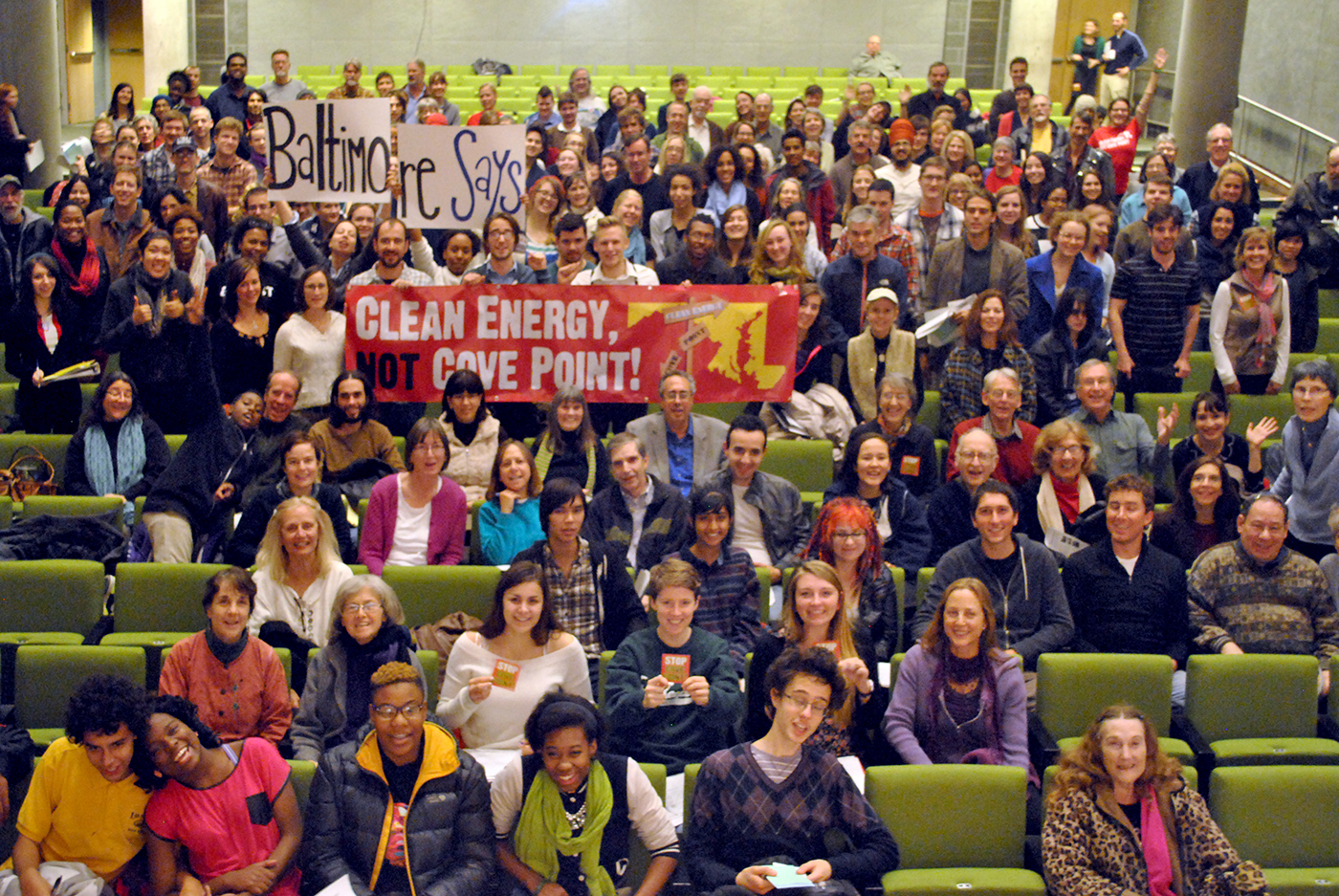


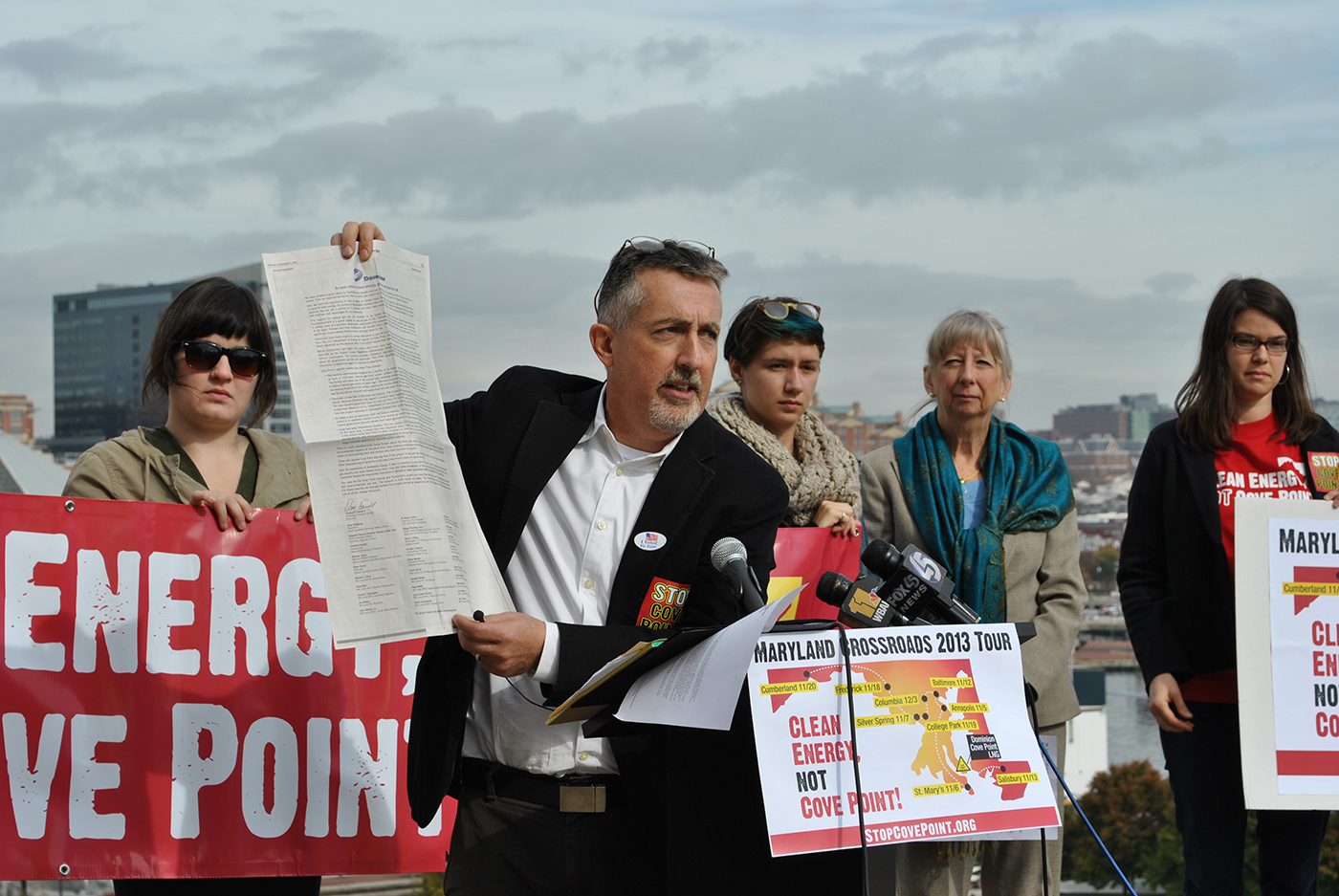

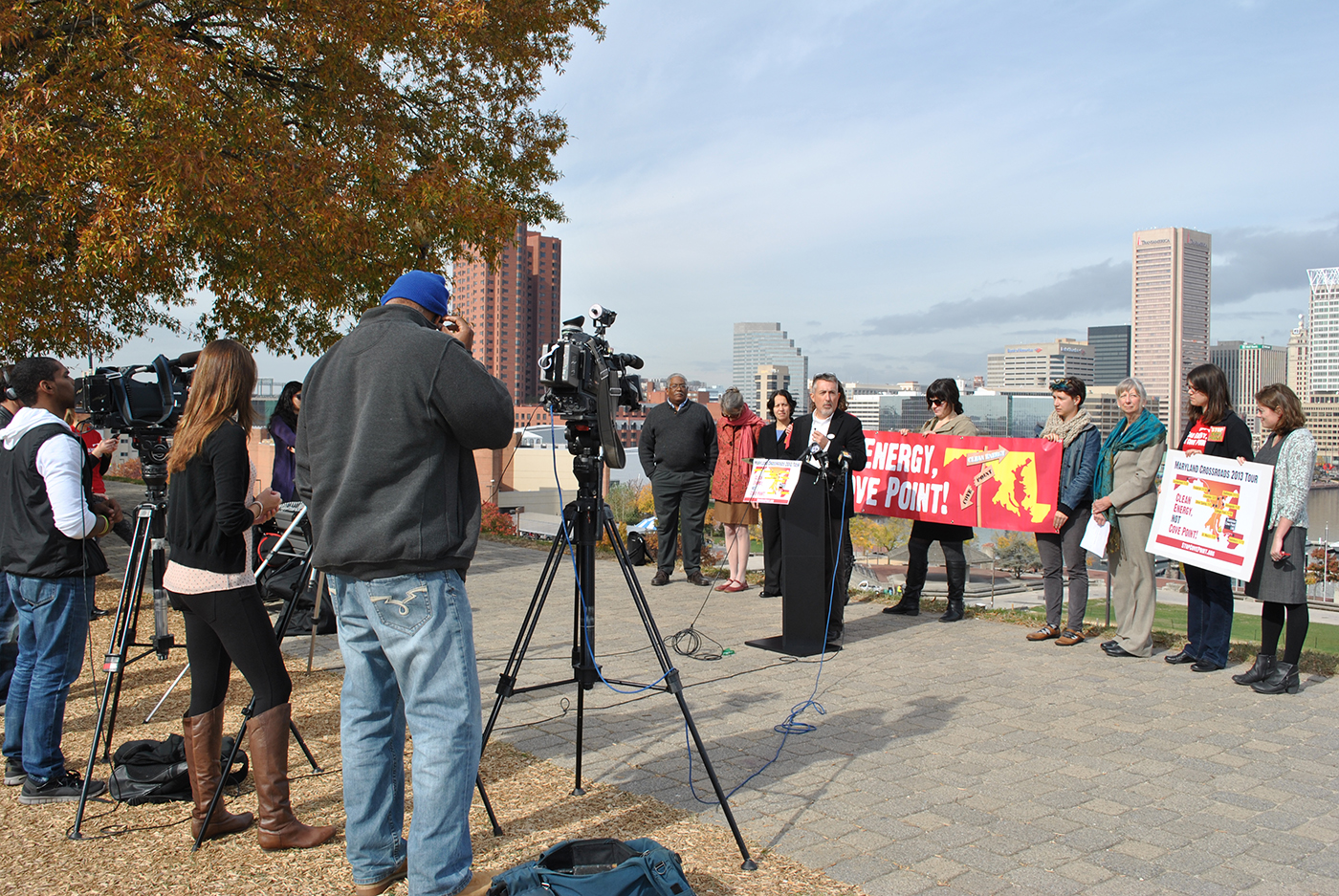
 Or maybe they find out the stark truths hidden behind the fancy news releases about jobs (not so many permanent ones) and tax revenue (minus some hefty tax giveaways). After a news conference called by a Chesapeake Climate Action Network (CCAN)-led coalition in September, regional media have been waking up to Calvert County as ground zero in this scheme. And residents of Lusby, who live closest to the planned facility, are making their voices heard. So far, coverage of the
Or maybe they find out the stark truths hidden behind the fancy news releases about jobs (not so many permanent ones) and tax revenue (minus some hefty tax giveaways). After a news conference called by a Chesapeake Climate Action Network (CCAN)-led coalition in September, regional media have been waking up to Calvert County as ground zero in this scheme. And residents of Lusby, who live closest to the planned facility, are making their voices heard. So far, coverage of the 